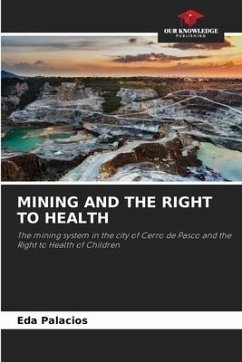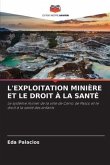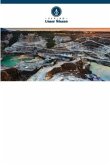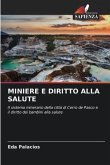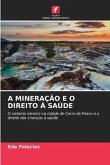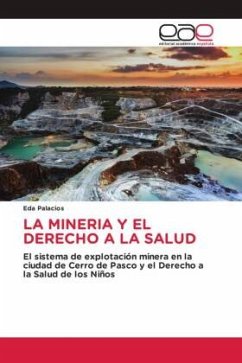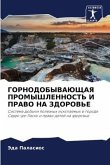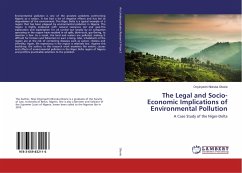The city of Cerro de Pasco, whose subsoil is one of the richest in minerals in the world and that made it worthy of noble titles in the Colony, is a protagonist of the mining activity with a system of open pit exploitation, its mining veins that seem inexhaustible have not prevented it from being one of the most forgotten cities in Peru with a picture of poverty and neglect of the most elementary services. For decades, inadequate mining exploitation has brought about the mortality and extinction of biotic beings, since its contaminants have been irreversible for the flora and fauna. Although its population lives in the expectation of well-being, trying to strengthen the agricultural vocation, industry and tourism, and to prevent the open pit from being an obstacle to development, the city continues to be attacked by the syndrome of insecurity of temporary and transient life. This research has sought to understand how this activity threatens the health of children, especially those from 0 to 5 years of age, an age group that should be protected, given their condition as subjects of rights.
Bitte wählen Sie Ihr Anliegen aus.
Rechnungen
Retourenschein anfordern
Bestellstatus
Storno

